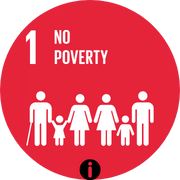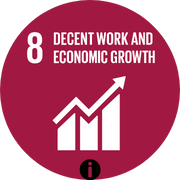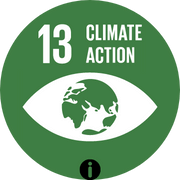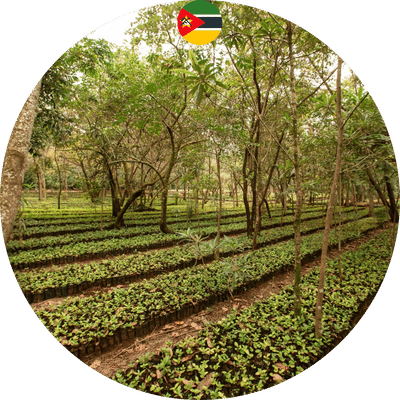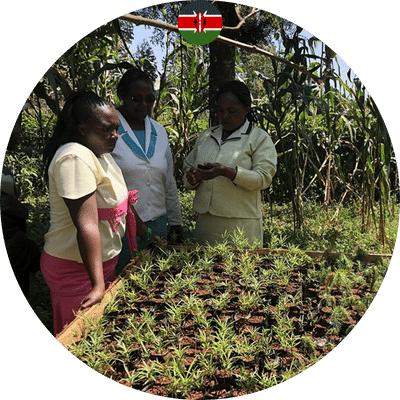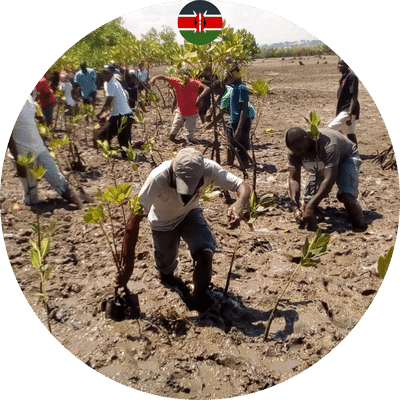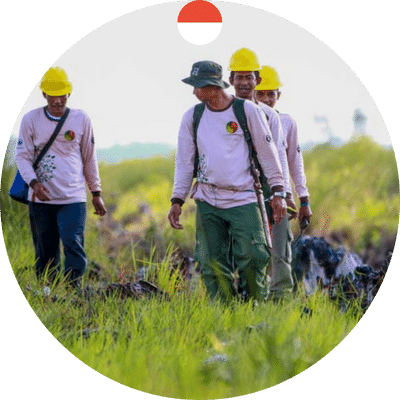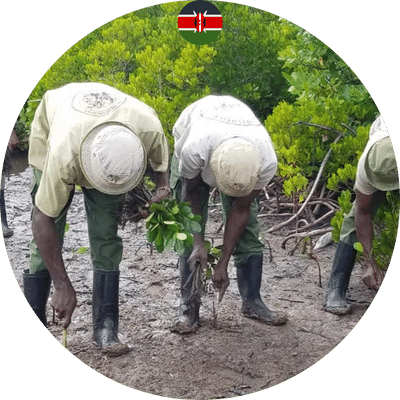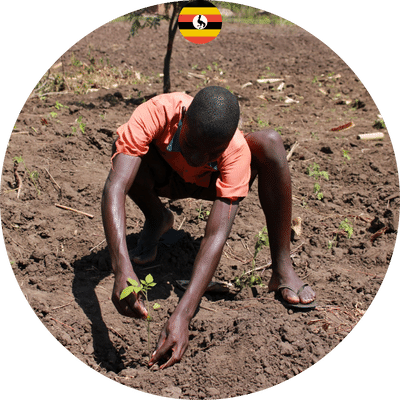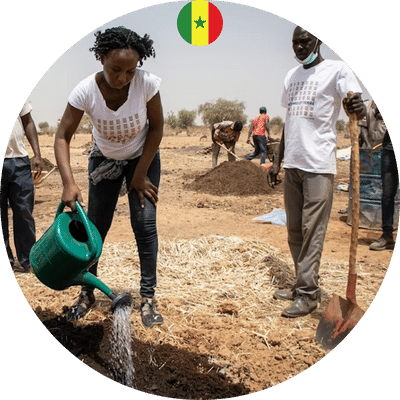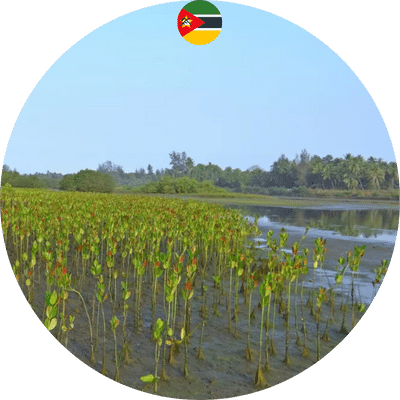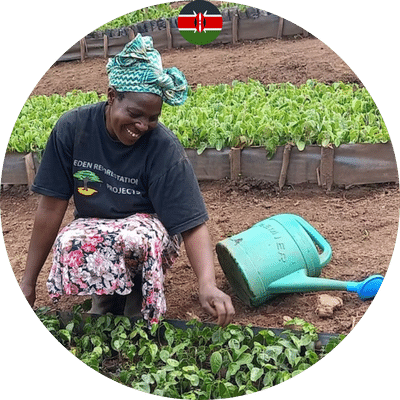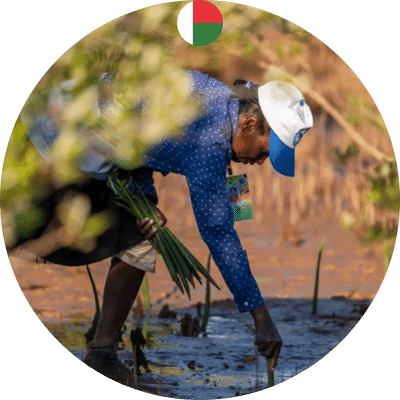Protection and Restoration of the Pacific Coast of Colombia
Situation and background
Colombia is known for its biodiversity, with an estimated 10% of the world’s flora and fauna. It is one of only 12 countries in the world that are classified as megadiverse. Colombia’s Pacific region alone is home to 831 bird species, 195 amphibian species, 167 mammal species, 210 reptile species, and 5,124 plant species.
However, the biomass in this region’s forests has been steadily declining, owing largely to illegal logging. These forests have traditionally provided an important source of income for local families, who harvest timber on a regular basis as economic need dictates.
Project location: Buenaventura, Colombia
The project
This REDD+ avoided deforestation project is based on the biologically diverse Chocó-Darién bioregion. It aims to address the issue of deforestation and illegal logging at a local level and to protect and restore 83,452 hectares of land.
The project has three goals: to slow down climate change by reducing deforestation and forest degradation, to help protect biodiversity, and to help local communities grow in a sustainable way.
To stop the causes of deforestation and forest degradation, there are things that can be done like help with governance (like giving people titles to their own land, planning how to use the land, and setting up conservation zones), creating new economic activities and sources of income, and improving governance and management. As a result, illegal logging will go down, already damaged forests will be fixed up, and less land will be turned into other uses. Over time, this will reduce emissions and increase the amount of carbon stored in forests.
The project will also help local communities by promoting alternative, long-term ways to make money and by putting money into social structures like planning for growth, treating water, and providing health care.
The project area is very biodiverse because it rains every year and has many different types of terrain. Through long-term improvements to the size and connections of natural forest cover, this project activity will help protect the region’s rich biodiversity.
Verification
The Verified Carbon Standard and the Climate, Community, and Biodiversity Standards have validated this project. It is accessible here in the Verra register.


Photos






Climate solution
Tropical Forest Restoration
In the past few decades, there has been a lot of clearing, splitting, deterioration, and loss of biodiversity in tropical forests. They used to cover 12% of the land on Earth, but now they only do. By fixing up these forests, they can once again store carbon. Even though destruction is still going on in many places, tropical forests are getting better. This can take in as much as 6 gigatons of CO2 per year.
As a forest ecosystem gets back to normal, the trees, soil, leaf litter, and other plants take in and store carbon. As plants and animals come back and interactions between organisms and species start up again, the forest takes on its many roles again:
- Supporting the water cycle
- Protecting the soil
- Protecting habitats and pollinators
- Providing food, medicine, and fibre.
- Providing shelter for humans and animals
Read more on Drawdown.org


